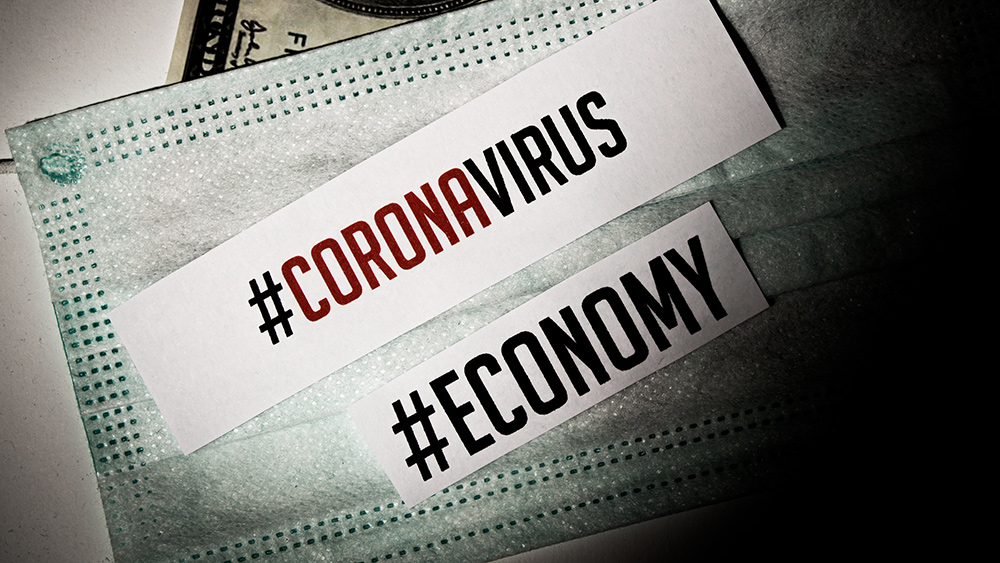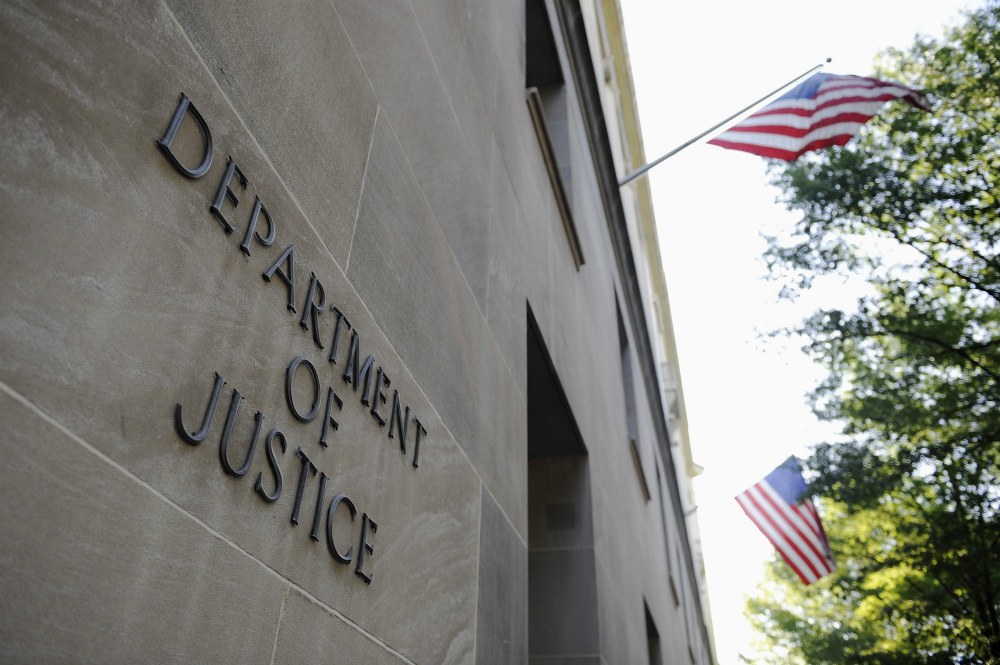
The report released by the Department of Labor announced that the unemployment rate sank a full percentage point from 7.9 percent in September. This suggests that despite the resurgence of the coronavirus – with more than 132,700 new cases reported on Friday, Nov. 6 – the country can still make its way to a full economic recovery.
In fact, the number of new jobs has been growing steadily since August, when the Labor Department recorded over 1.5 million new jobs. In September there were 672,000 new jobs.
The growth is even more astounding in the private sector, which added 906,000 jobs. Growth was strongest in construction, retail and a category that includes hotel and restaurant jobs. (Related: Consumer confidence in US economy grows as unemployment, coronavirus caseloads shrink.)
Economists optimistic about the future of the American economy
Economists surveyed by Dow Jones believed that the unemployment rate would decrease to 7.7 percent and that there would only be 530,000 new jobs. The fact that the actual numbers are much better than these predictions has made many economists a lot more optimistic about the country’s chances of making a full recovery soon.
“Generally, the data was all quite strong, although the headline payroll number was held down by a big drop in government employment,” said Michael Englund, chief economist at Action Economics. Englund is referring to the loss of around 150,000 temporary jobs in the Bureau of the Census.
“But all the private data was strong,” added Englund. “It raises the prospects for fourth-quarter growth. It’s clearly a good sign for the economy.”
“The job market is pretty broadly recovering and recovering better than most forecasters have expected,” said Russell Price, chief economist at Ameriprise Financial Services. “The same thing could be said for consumer demand, manufacturing activity, homebuilding and other facets of the economy. So, it certainly adds to that good recovery narrative.”
At the rate with which the job market is growing, it will take at least another two years before the country can regain all of the jobs lost to the pandemic. While that may seem long, it is still faster than the rate at which the country recovered following the Great Recession, when it took more than five years before the downturn was eliminated.
Economic growth starting to slow down
While the outlook of the American economy looks promising, Jerome Powell, chair of the Federal Reserve, is warning that if the pandemic isn’t taken care of immediately it could derail all the progress the country has made in the past few months.
That said, Powell also acknowledged that the pandemic did not harm the economy over the summer as much as many feared. This was in part, due to support from Congress and the Trump administration, including a stimulus package of a one-time $1,200 check and a $600-per-week federal jobless benefit. While the latter expired in July, it was quickly followed up by a $300-per-week check that lasted until mid-September.
The economy rebounded sharply between July to September, when lockdowns all over the country ended and businesses began reopening. While that growth is starting to slow down, there aren’t any signs that show that it’s going to stop any time soon.
In manufacturing, output is still rebounding as Americans increase their purchases of homes, cars, appliances and furniture.
Learn more about how the American economy is starting to recover after being ravaged by the coronavirus at Pandemic.news.
Sources include:
Please contact us for more information.























